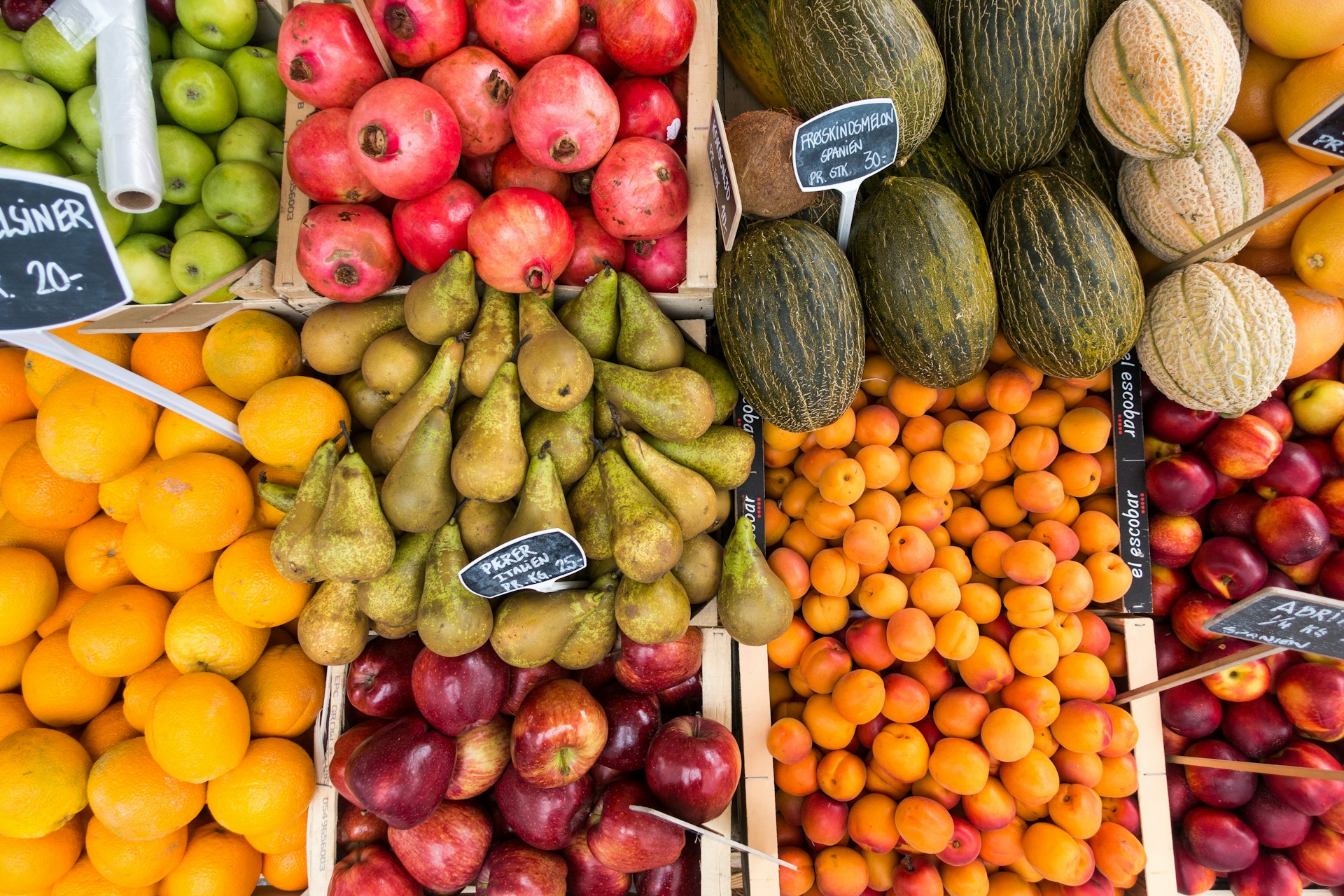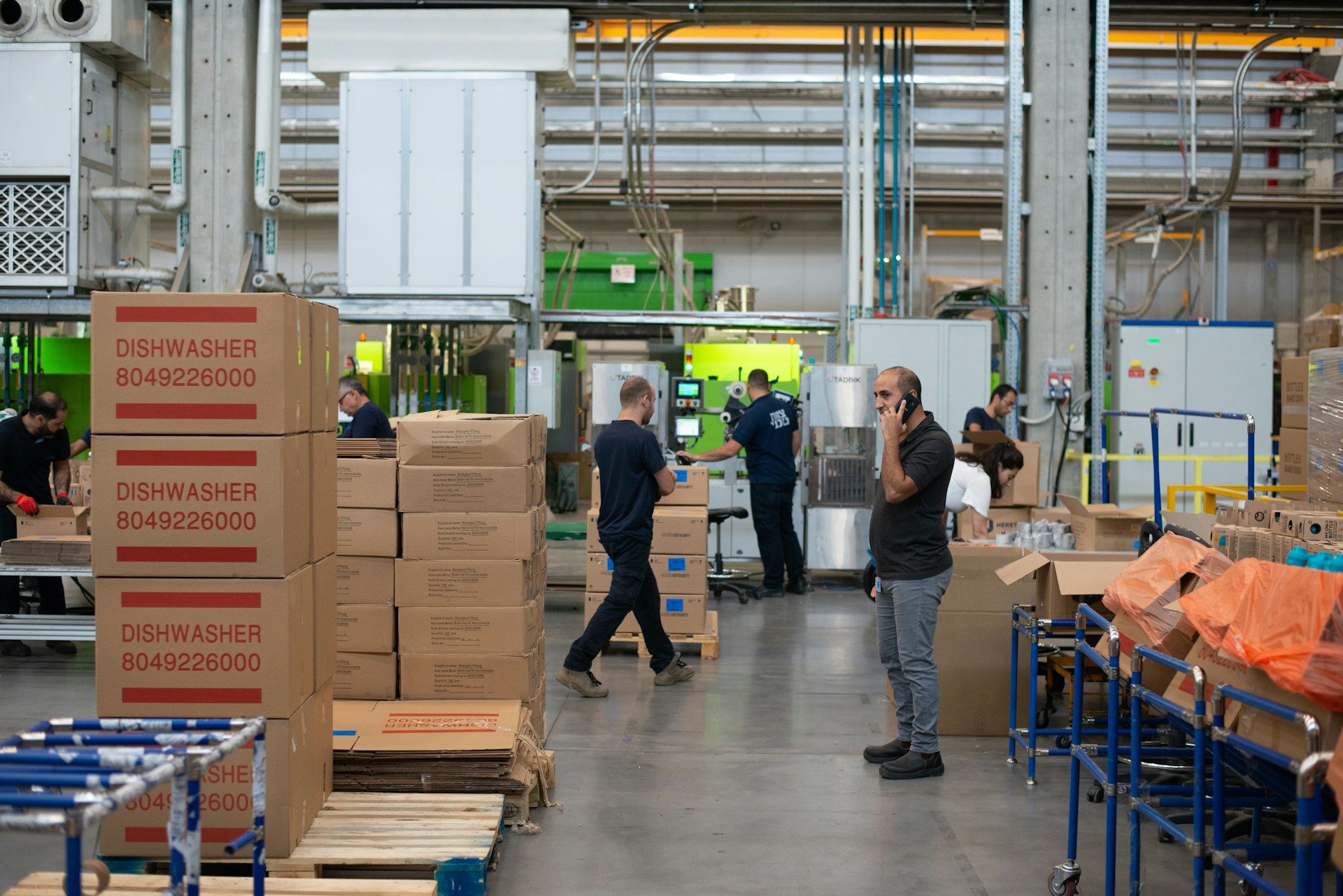In the world of produce packing, regulatory compliance plays a crucial role.
This complex process, spanning various aspects of operations, influences one’s standing in the vast competitive market.
The essence of maintaining adherence to rules and regulations not only bolsters company reputation but acts as a safeguard against potential legal and financial complications.
However, it’s an area that can often be seen as perplexing and challenging due to its ever-evolving nature.
Understanding the need for enhanced clarity on the subject, we delve into an in-depth exploration of effective steps to ensure regulatory compliance.
Let us embark on this exploration replete with vital insights and recommendations.
Steps To Ensure Regulatory Compliance In Produce Packing
1. Implement rigorous produce inspection and quality control
The first step to ensuring regulatory compliance in produce packing is to implement a rigorous inspection and quality control process.
You need to establish protocols that produce must undergo before being packaged.
These protocols should include checking the quality of the produce, ensure it is clean, ripe, and undamaged.
This not only helps maintain high-quality standards, but it also reduces the chance of contaminated food reaching the public.
Inspecting the produce is a critical step that ensures only safe and quality foods are packed and eventually consumed by the public.
It’s important to employ trained staff who understand these protocols and can carry out inspections meticulously.
Furthermore, these inspections should be carried out intermittently, even after the packing process, to ensure standards are maintained at all times.
There should be procedures in place for handling produce that doesn’t pass inspection.
This includes discarding it properly to avoid contamination and training workers on the importance of disregarding any substandard produce.
Also, regularly reviewing these protocols and making necessary amendments can help uphold the reliability of your inspection and quality control process.
These could include updating the parameters for inspection or even introducing new technology that could make the process more efficient.
Furthermore, keeping abreast with the statutory regulations related to product quality and inspection can help you stay compliant.
Lastly, documenting each inspection process can go a long way in ensuring compliance, as it serves as evidence that your produce has undergone the necessary inspection and meets the required standards.
It is also essential that this documentation process is regularly reviewed and updated to keep up with any changes in regulations or inspection methods.
In sum, rigorous produce inspection and quality control processes both safeguard consumer health and help to ensure regulatory compliance in produce packing.
Not only can this protect your business from potential legal issues, but it also helps to establish your brand as a source of high-quality, safe produce that consumers can trust.
2. Train staff on food safety protocols regularly.
The goal of maintaining regulatory compliance in produce packing is highly reliant on the quality of training given to staff.
As part of your compliance strategy, it is crucial to regularly train your staff on food safety protocols.
Comprehensive training serves to equip your personnel with the necessary skills and knowledge to handle, store, and pack the produce in a manner that meets industry regulations and standards.
This should be an ongoing process with periodic reviews and refreshers to fill any knowledge gaps and keep the staff updated with any changes in the regulations.
Every employee involved in handling and packing the produce should understand the importance of their actions in maintaining food safety.
They should be knowledgeable about the potential risks and how to prevent contamination at every step of the handling and packing process.
Moreover, different types of produce may require specific handling and packing procedures to maintain its freshness and quality.
Staff training should, therefore, be tailored according to the type of produce they handle.
Regular training on food safety protocols will not only ensure compliance with regulatory standards but also help build a culture of food safety within the organization.
Your staff should understand that every step they take, from receiving the produce to packing and shipping, affects the overall quality and safety of the food product.
Moreover, it is vital to test the effectiveness of the training. This can be done by conducting regular audits and assessments.
Only by measuring their understanding and application of the food safety protocols, you can ensure the consistency and effectiveness of your compliance strategy.
Remember, regular training is not only about complying with regulations. It’s more importantly about maintaining a safe and healthy food supply.
Treating food safety and regulatory compliance as a part of the job and not an added responsibility could result in improved adherence to the protocols among the staff.
A well-trained staff, that understands and supports the importance of food safety, is one of the strongest shields against potential food safety hazards and compliance violations in produce packing businesses.
3. Document all processes for traceability and audits.
In the realm of produce packing, documenting all processes has emerged as an indispensable requirement.
One main reason being is that it facilitates traceability and makes audits smoother.
Traceability – the ability to track any food through all stages of production, processing, and distribution – is crucial to ensuring food safety.
Through rigorous documentation of all processes, potential sources of contamination can be identified, thereby allowing for prompt, precise recalls in the eventuality of a safety breach.
Documenting processes is not limited to recording each step involved in packing the produce, but also includes maintaining records of raw material sourcing, storage conditions, date and time of packing, transportation details, and more.
The more holistic and detailed this documentation, the better prepared a company is for any audits or inspections.
Audits are a legal \requirement that verifies whether companies are able to comply with food safety laws, and a/b well-documented process can greatly ease the audit procedure.
This documentation also provides a blueprint that helps to maintain consistency in packing processes, enhancing overall productivity and efficiency.
It is essential to keep this documentation updated and digitized to allow for easy retrieval and improved audit readiness.
Adopting a document management system (DMS), can drastically help streamline these efforts, allowing for automated updates and easy access to documents.
Additionally, incorporating technologies such as barcoding and blockchain into your traceability process can increase the speed and accuracy of tracking.
Ultimately, the goal of documenting all processes is to ensure that the end consumer receives safe, high-quality produce, and to protect the brand in the event of recall situations.
This is a continuous and ongoing responsibility that must be taken seriously at every level of the organization.
Together, traceability and audits form a protective framework around the consumers, the industry, and the reputation of the business itself.
By upholding rigorous documentation habits, produce packing businesses can achieve a high level of traceability and audit readiness, paving the way for sustainable regulatory compliance.
In the long run, this detailed documentation of all processes not only ensures regulatory compliance but also adds credibility to the business and builds trust with consumers.
4. Comply with labeling and packaging regulations
The necessity for complying with labeling and packaging regulations in the produce packing industry cannot be overemphasized, as it is a crucial part of ensuring regulatory compliance.
These regulations are in place to ensure that all necessary and required information is clearly, accurately, and honestly conveyed to the end consumer.
As a produce packer, you must ensure that everything from the product’s name, list of ingredients, to the net quantity of contents and the identity of the business is correctly represented on the label.
Compliance to these regulations not only fosters consumer trust and brand loyalty but also keeps you aligned with the law, reducing the chances of facing legal consequences or fines.
In addition, the packaging must comply with particular requirements which vary depending on the product, its intended use, and the specifics of its market distribution.
For instance, some regulations may specify certain typefaces for ingredient lists or allergen warnings, while others could mandate specific language requirements depending on the regional distribution.
Therefore, it is crucial to understand all the particulars of the packaging and labeling regulations related to your products and ensure you comply fully with them.
Non-compliance can lead to recalls, damaging your organization’s reputation in addition to causing significant financial repercussions.
Standardizing, and keeping up-to-date with the changing policies and regulations can be very demanding and time-consuming.
However, investment in resources that helps to understand, oversee, and execute these rapidly altering rules can be very beneficial.
Tools and systems are available that can help you manage the complexities of packaging and labeling requirements more effectively.
Some systems can automatically update your labels and packaging according to changes in regulations, helping you stay aligned with the latest requirements without investing unnecessary time and effort.
These systems also ensure consistency across all products in different markets, reducing the risk of non-compliance and increasing efficiency.
The right packaging and labeling not only maintains the wholesome quality of the produce but also ensures better communication with the consumer, which plays a significant role in driving your product’s market success.
Proactive measures, such as creating an internal product team or using external regulatory consultants, can be used to ensure the company’s labels are in compliant and current.
Remember, the goal is not just to avoid legal trouble but, more importantly, to ensure that you provide reliable and accurate product information to consumers at all times.
5. Regularly Review, Update Compliance with Regulatory Changes
One of the most critical steps in ensuring proper regulatory compliance in produce packing is continuously reviewing and updating methods to conform with regulatory changes.
This involves keeping an eye on any amendments, alterations, or new introductions in local, national, and international regulations related to food safety and packaging.
Regulation updates can have a significant impact on the packaging industry, necessitating prompt and efficient action.
Among the many factors, staying well-informed about these changes is vital as these regulations are usually safety-centric, concentrating on the health and wellbeing of the consumers and the environment.
Non-compliance with these alterations not only invites legal complications, but it can also tarnish the brand’s reputation in the market due to negative consumer perception.
Hence, reviewing and adhering to regulatory changes must be enforced as a top priority by every organization in the produce packing industry.
Setting up an internal compliance team can be an effective way to continuously monitor and implement necessary changes.
The team’s role would be to scrutinize the ongoing regulatory developments, interpret them in the context of the organization’s functioning, and devise plans to integrate these changes into the overall operations.
An effective compliance management system should ideally include a review and update regulation changes regularly.
These changes should be communicated down the line to all the staff involved in the packing process; further, it is important to provide them with the necessary training to ensure smooth implementation of these changes.
Implementing regulatory changes may involve cost and require reconfiguration of existing systems and procedures.
However, considering the long-term benefits in terms of cultivating consumer trust, sustaining market position, and avoiding legal complications, this investment is absolutely worthwhile.
An established review system can not only help in swift compliance but also provides an opportunity to >upgrade the overall produce packing process< with the industry's best practices.
In conclusion, a regular review and update system for compliance with regulatory changes is not just a requisite for legal and health safety, but it also provides an avenue for continuous improvement in the produce packing industry.
This continual endeavour towards compliance with regulatory changes demonstrates a commitment to quality and safety, which will eventually reflect positively on the brand image.
Therefore, investing in a comprehensive system for regular review and prompt updation of regulation changes is an essential strategy in the roadmap of regulatory compliance in the produce packing industry.
The Bottom Line
Ensuring the highest standard of food safety relies heavily on meticulous inspection, stringent quality control, and continuous employee training.
In addition, detailed documentation of all procedures enhances traceability and ensures readiness for audits.
Adherence to labeling and packaging rules is another crucial aspect.
Keeping all these practices up-to-date to align with regulatory changes is the cornerstone of maintaining food safety.
Thus, all these elements are integral to providing safe and quality food to consumers and simultaneously ensuring the operation’s compliance and sustainability.




